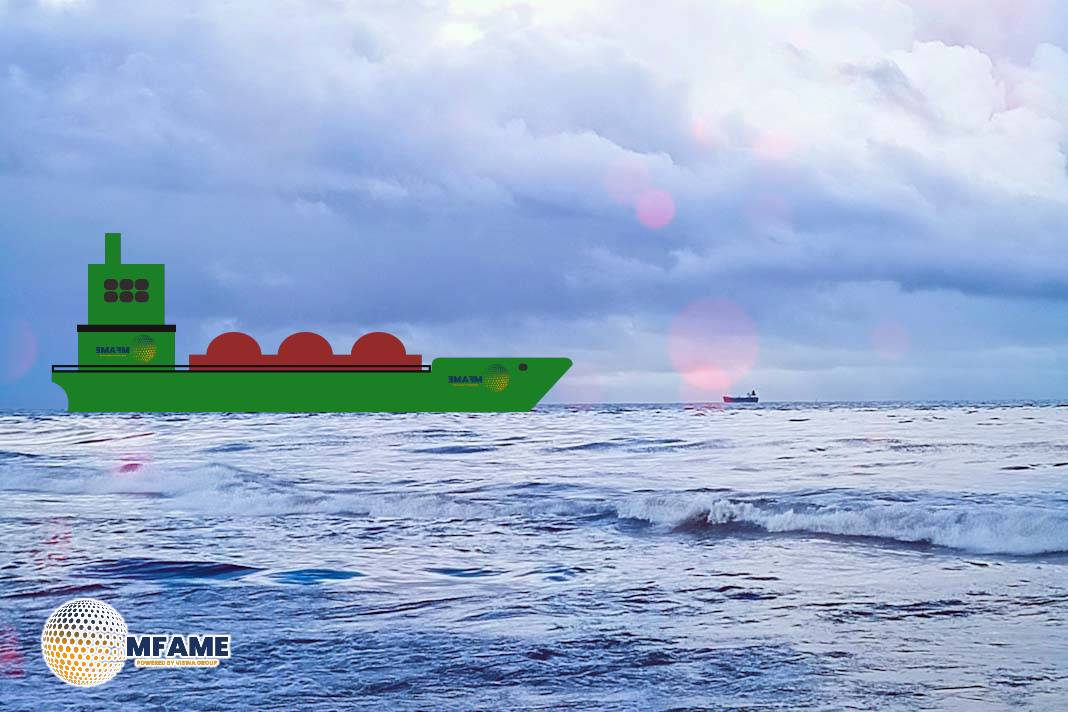 Lloyd’s Register (LR) has announced a major update to its Fatigue Design Assessment (FDA) methodology by incorporating 11 years of Automatic Identification System (AIS) data. This marks the first significant revision to FDA trading route models in over a decade, leading to more accurate structural evaluations for containerships and gas carriers.
Lloyd’s Register (LR) has announced a major update to its Fatigue Design Assessment (FDA) methodology by incorporating 11 years of Automatic Identification System (AIS) data. This marks the first significant revision to FDA trading route models in over a decade, leading to more accurate structural evaluations for containerships and gas carriers.
Improved Fatigue Life Predictions
The updated FDA methodology reflects actual global trading patterns, resulting in:
-
10–15% increased fatigue life for containerships
-
Up to 10% increase for gas vessels
These gains stem from factoring in real-world routing patterns and weather data, replacing outdated historical estimates. As a result, vessel owners can now make better-informed decisions regarding design, maintenance schedules, and operations.
Refined Vessel Classification
LR has also modernized its containership categorization system to align with current fleet structures. The revised classifications are:
-
ULCVs: 14,501+ TEUs
-
New Panamax: 10,000–14,500 TEUs
-
Post-Panamax: 5,101–10,000 TEUs
-
Panamax: 3,001–5,100 TEUs
-
Feedermax: 2,001–3,000 TEUs
-
Feeder: 1,001–2,000 TEUs
This segmentation allows for more tailored fatigue assessments based on vessel size and use.
Lloyd’s Register’s upgraded FDA approach, grounded in over a decade of real operational data, significantly improves the accuracy of fatigue life predictions. By aligning assessments with modern shipping patterns and vessel categories, LR empowers shipowners to enhance safety, extend vessel longevity, and optimize performance.
Did you subscribe to our daily Newsletter?
It’s Free Click here to Subscribe!
Source: Lloyd Register














